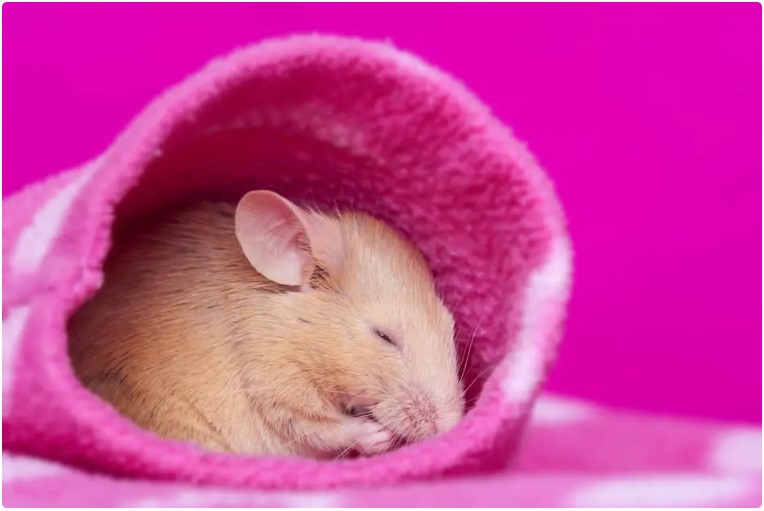News

February 29. - 2024
Fasted Mice Kept at Low Temperature Easily and Reversibly Go Into Torpor
Endotherms have the ability to enter torpor, a hypometabolic state known as survival mode. The animal can reduce its body temperature by 10°C to 30°C and suppress its metabolic rate by 70–90% while in this state. Torpor is a survival state used by many warm-blooded animals, or endotherms, to store energy in times when food supplies are limited or when the temperature makes it difficult to maintain a normal state. In a recent study, the researchers stimulated mice to go into torpor while simultaneously mapping the brain activity associated with various neurologic torpor stimuli.
Core body temperature measured
Scientists from Nagoya University and PRESTO, Japan Stanford University, USA and Chinese Institute for Brain Research, China, implanted mice intraperitoneally with Star-Oddi’s tiny DST nano-T temperature logger to measure the core body temperature. Following a seven-day recuperation period, they were moved into a cage that was temperature-controlled to either 16°C or 31°C. A temperature baseline was established, and the mice entered a circadian rhythm. The mice were then either fasted or fed ad libitum. Postmortem examinations using immune stains and mapping of activated neurons were carried out.
Core body temperature measured
Scientists from Nagoya University and PRESTO, Japan Stanford University, USA and Chinese Institute for Brain Research, China, implanted mice intraperitoneally with Star-Oddi’s tiny DST nano-T temperature logger to measure the core body temperature. Following a seven-day recuperation period, they were moved into a cage that was temperature-controlled to either 16°C or 31°C. A temperature baseline was established, and the mice entered a circadian rhythm. The mice were then either fasted or fed ad libitum. Postmortem examinations using immune stains and mapping of activated neurons were carried out.

Fasted mice kept at 16°C easily slipped in and out of torpor
The experiment was started at the beginning of the dark phase, with a cycle of 12 hours dark and 12 hours light. Researchers found that fasted mice housed at 16°C were easily able to enter a state known as torpor, which is characterized by hypothermia and hypometabolism. This happened rapidly, and they easily reversed this state to normal several times over 24 hours. In an attempt to quantify the torpor state, the temperature changes were registered as changes from baseline temperatures. While the other three groups saw a decrease in core body temperature of 2,4–3,1 °C, the fasted mice housed at 16°C showed a decrease in core body temperature of 11.9 °C. The mice also assumed a rounded posture and their activity drastically decreased.

From fig 1 Showing temperature variations and CO2 productions, were torpor is easily visible.
Further results can be found in the article published in Current Biology, which can be accessed here.